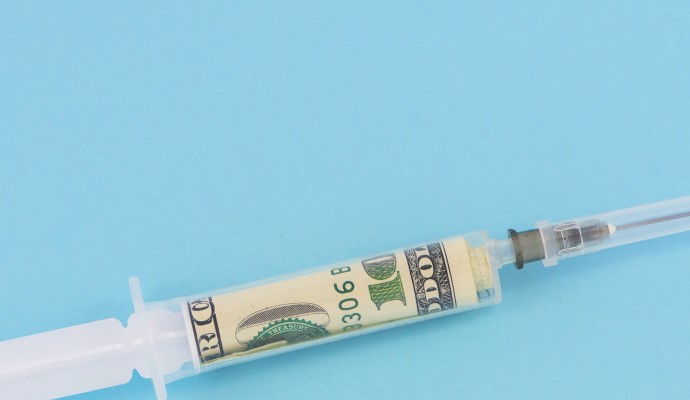Patient Financial Responsibility Dissuades ED Care Access
One in five older adults said concerns about high patient financial responsibility discouraged ED care access, even when they thought they needed emergency care.

Source: Getty Images
- The specter of a big bill and high patient financial responsibility is getting in the way of emergency department (ED) care access some individuals might actually need, according to data published in the American Journal of Managed Care.
The study, completed by researchers from the University of Michigan, showed that 22 percent of older adults didn’t access ED care because of the potential for a big out-of-pocket bill. These findings are concerning, according to study lead author Rachel Solnick, MD, MSc, a faculty member of the Icahn School of Medicine at Mount Sinai Health System.
Delaying healthcare can result in poorer health down the line and potentially more costly, high-acuity problems.
“As an emergency physician, I have seen patients come to the emergency room having postponed their care,” Solnick, who was also part of the National Clinician Scholar’s Program at UofM’s Institute of Healthcare Policy and Innovation (IHPI), said in a statement. “They often come in sicker than they would have been had they received care sooner.”
Cost concerns were especially common in the pre-Medicare crowd—people in their 50s and early 60s. They were also more common among women, those without health insurance, and those with household incomes at or below $30,000 annually.
“That scenario is what I find most alarming in this survey’s findings,” Solnick added. “Some groups that are medically vulnerable or have suffered worse outcomes from COVID-19 were more likely to report cost-related avoidance of the ER than their counterparts. These findings highlight the importance of reducing the number of uninsured individuals and the need for insurers to clearly communicate coverage for emergency services.”
Even if survey respondents hadn’t experienced medical emergencies during the study period (the June 2020 poll asked respondents to reflect on the previous two years), they were still worried about the cost of an ED visit. Around a third said they were somewhat concerned about the cost of ED care, while 45 percent were very concerned. Nearly one in five (18 percent) said they were not confident they could afford an ED visit.
The researchers emphasized the financial threat to individuals without health insurance. The team noted that only about 4 percent of older adults in the study population didn’t have health insurance, but they faced an outsized cost impact. That 4 percent was 35 percent more likely to say they weren’t confident they could pay an ED bill.
The ED could result in a costly visit even if an individual has health insurance coverage. High-deductible health plans may keep some insured patients on the hook for high ED costs. This comes as health insurance companies work to reduce the expense they face for ED visits.
In June of 2021, UnitedHealthcare floated the idea of denying claims for ED visits that were ultimately deemed “unnecessary."
The payers argued that patients could visit a lower-cost and lower-acuity site for that treatment. Patient advocates argued that folks have no way of knowing their diagnosis before going to the ED and that patients would forego the ED even in instances where they were gravely ill.
UHC quickly reversed course, saying it would temporarily abandon the idea. In January of 2022, the payer announced it would nix the ED claims evaluation change altogether.
The discussion of patient financial responsibility in the ED is critical. With the No Surprises Act, some policymakers have attempted to keep patients from receiving massive bills that they were not expecting and that would likely bankrupt them.
